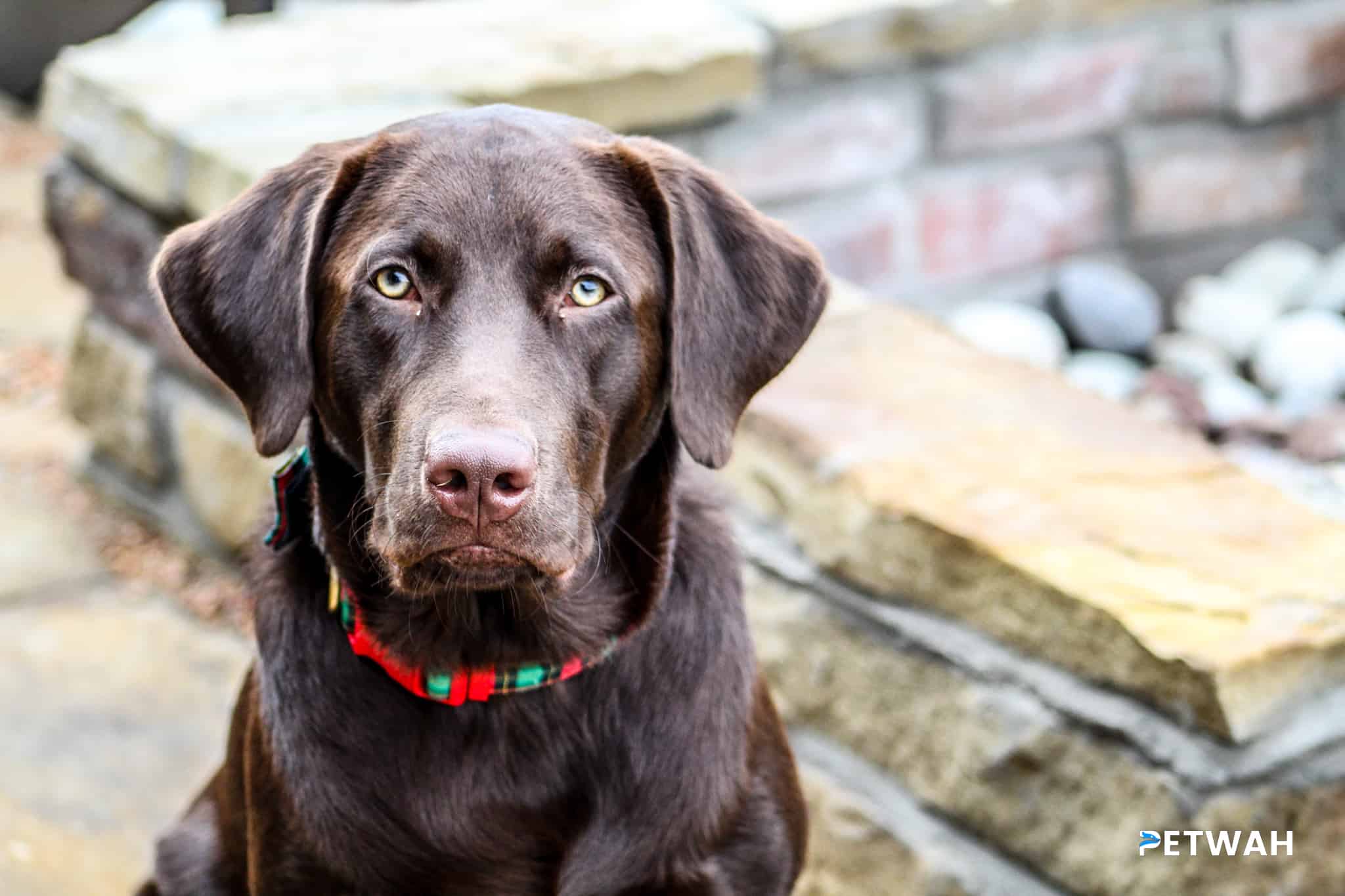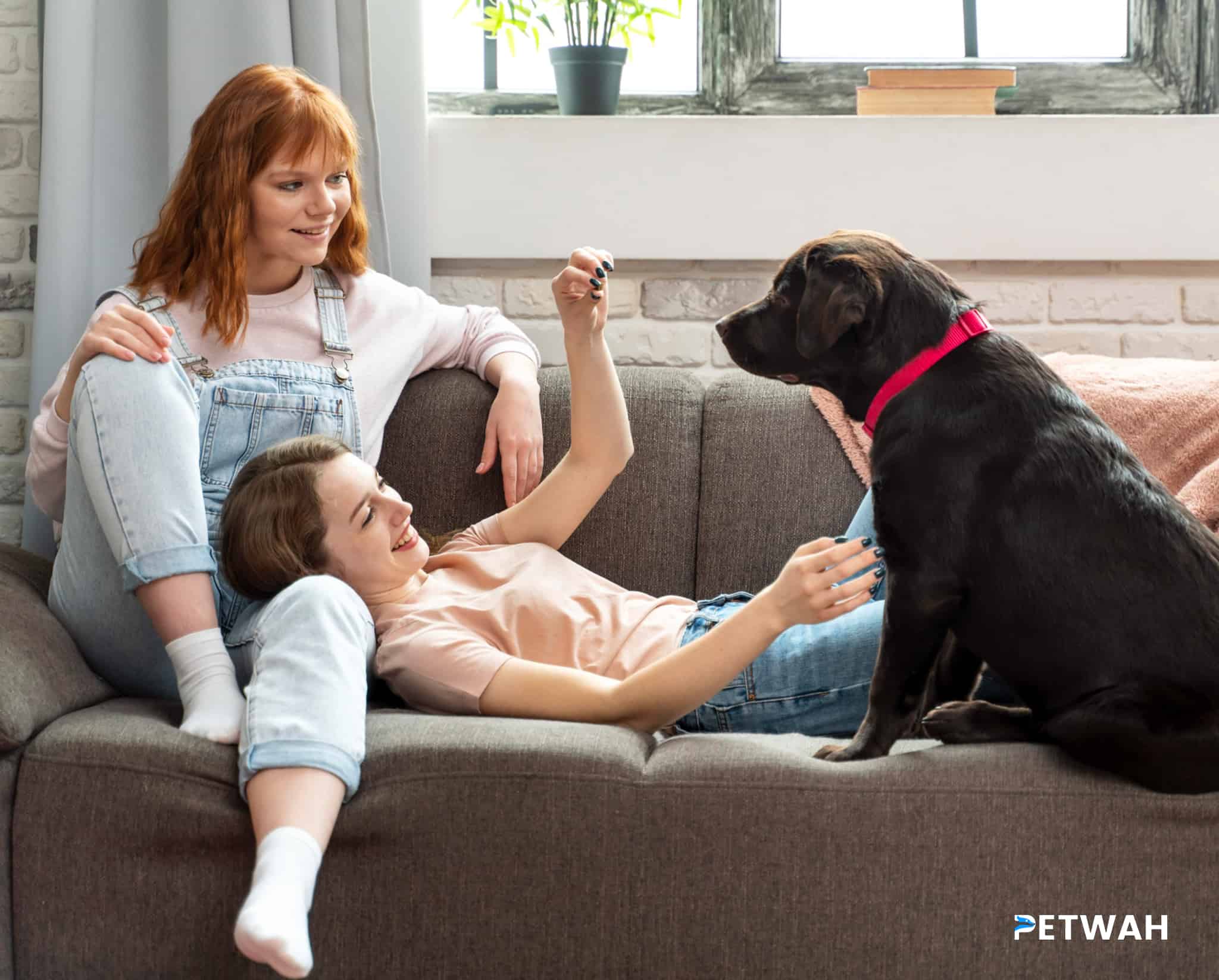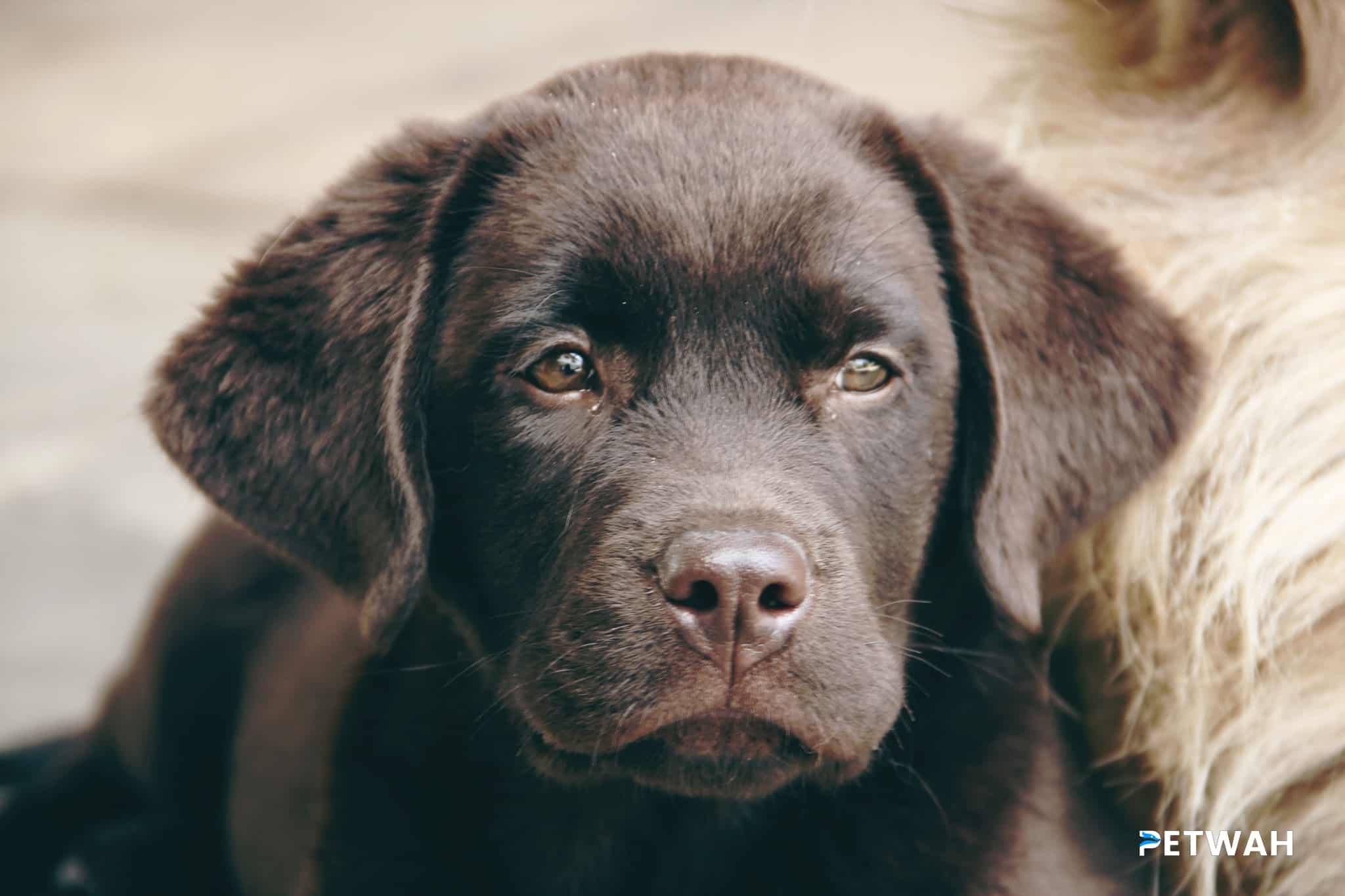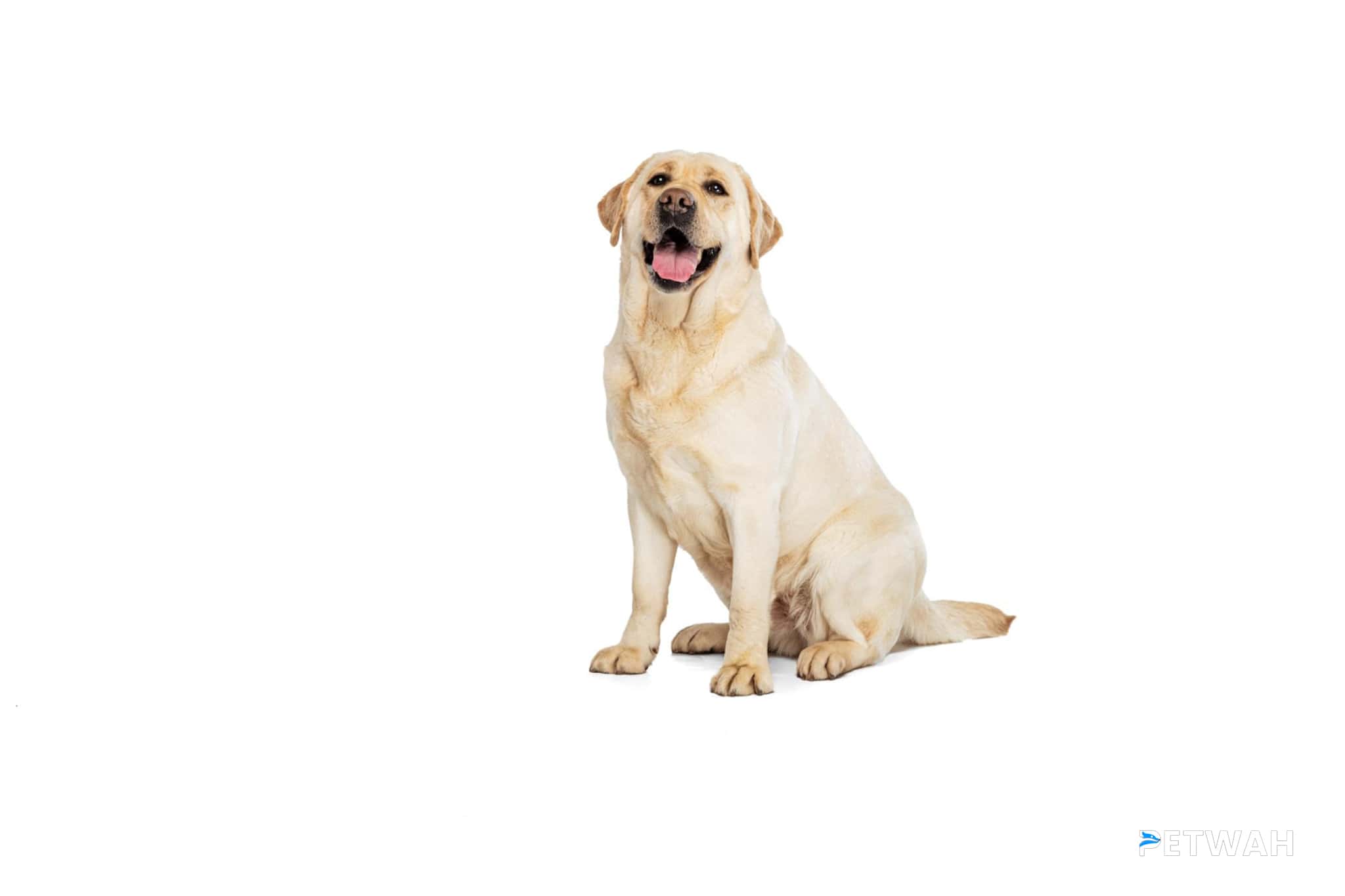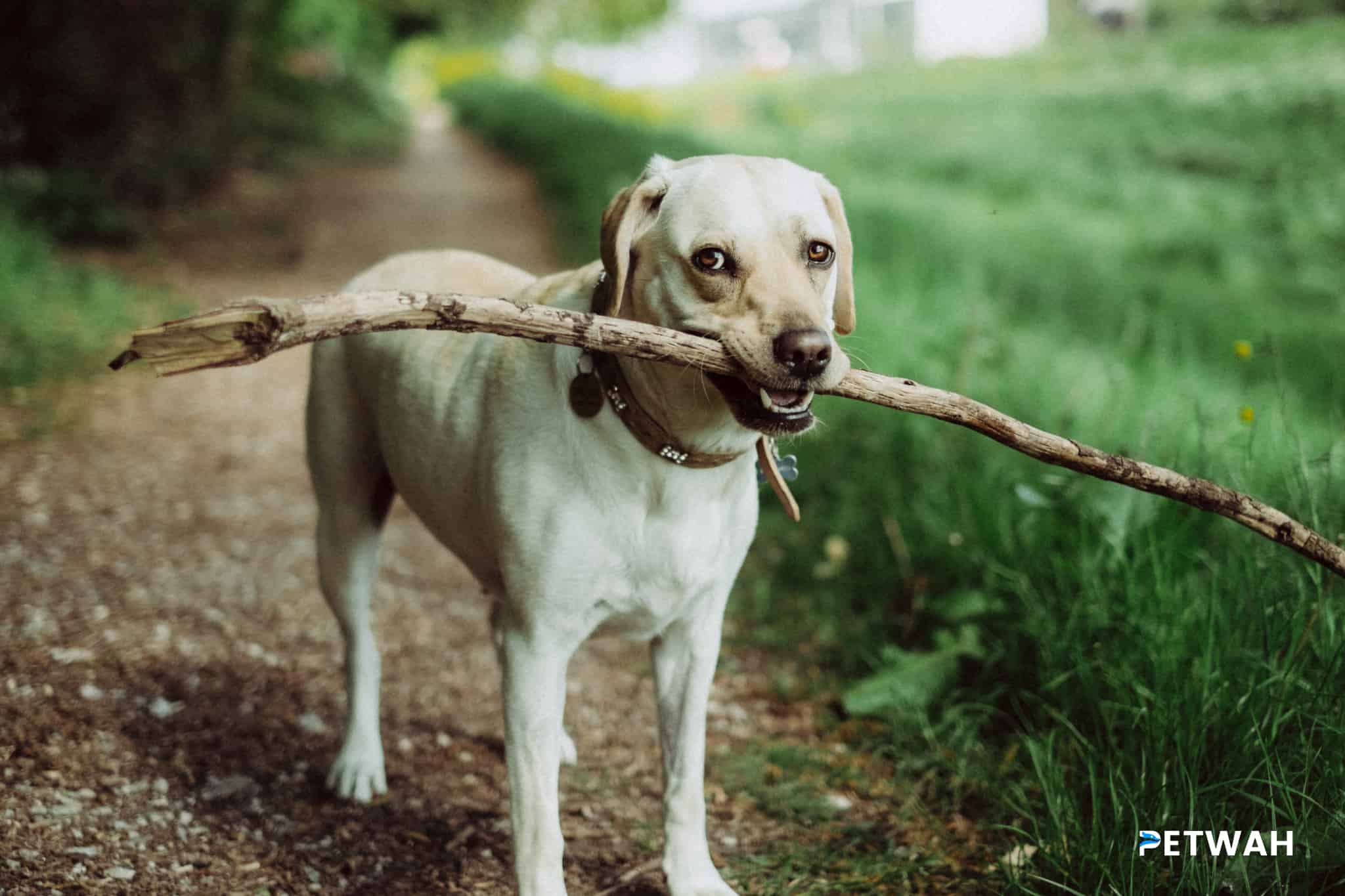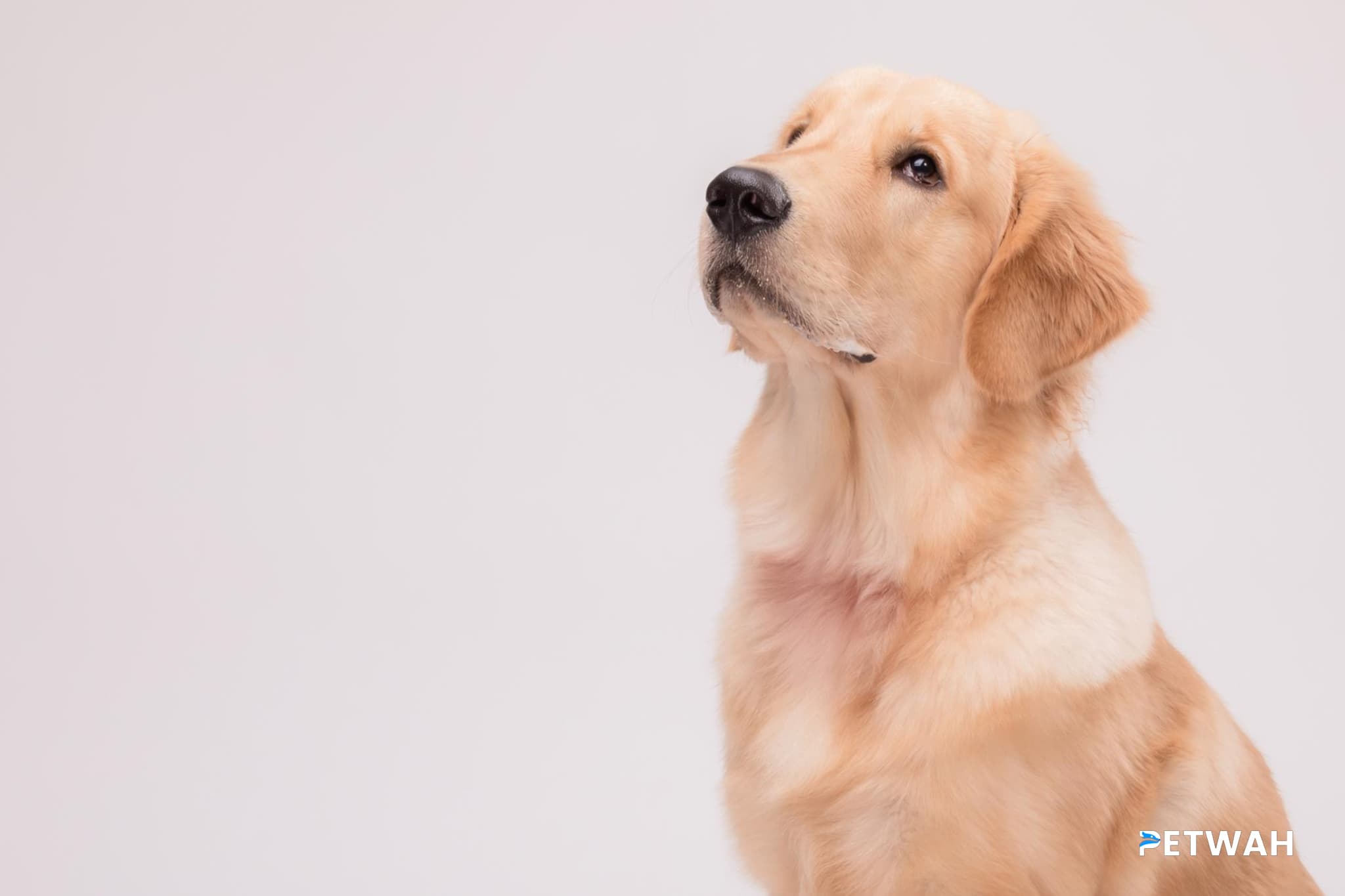How can a couple ensure their Labrador feels comfortable and secure when they’re not at home?
Labradors are known for their friendly and outgoing nature, making them popular family pets. However, like any other dog, they can experience separation anxiety when left alone for long periods of time. It’s essential for a couple to take steps to ensure their Labrador feels comfortable and secure when they’re not at home. By providing the right environment and using various techniques, they can help their furry friend feel at ease even when they’re away. In this article, we will explore some effective ways to make your Labrador feel comfortable and secure when you’re not around.
Creating a Safe and Stimulating Environment
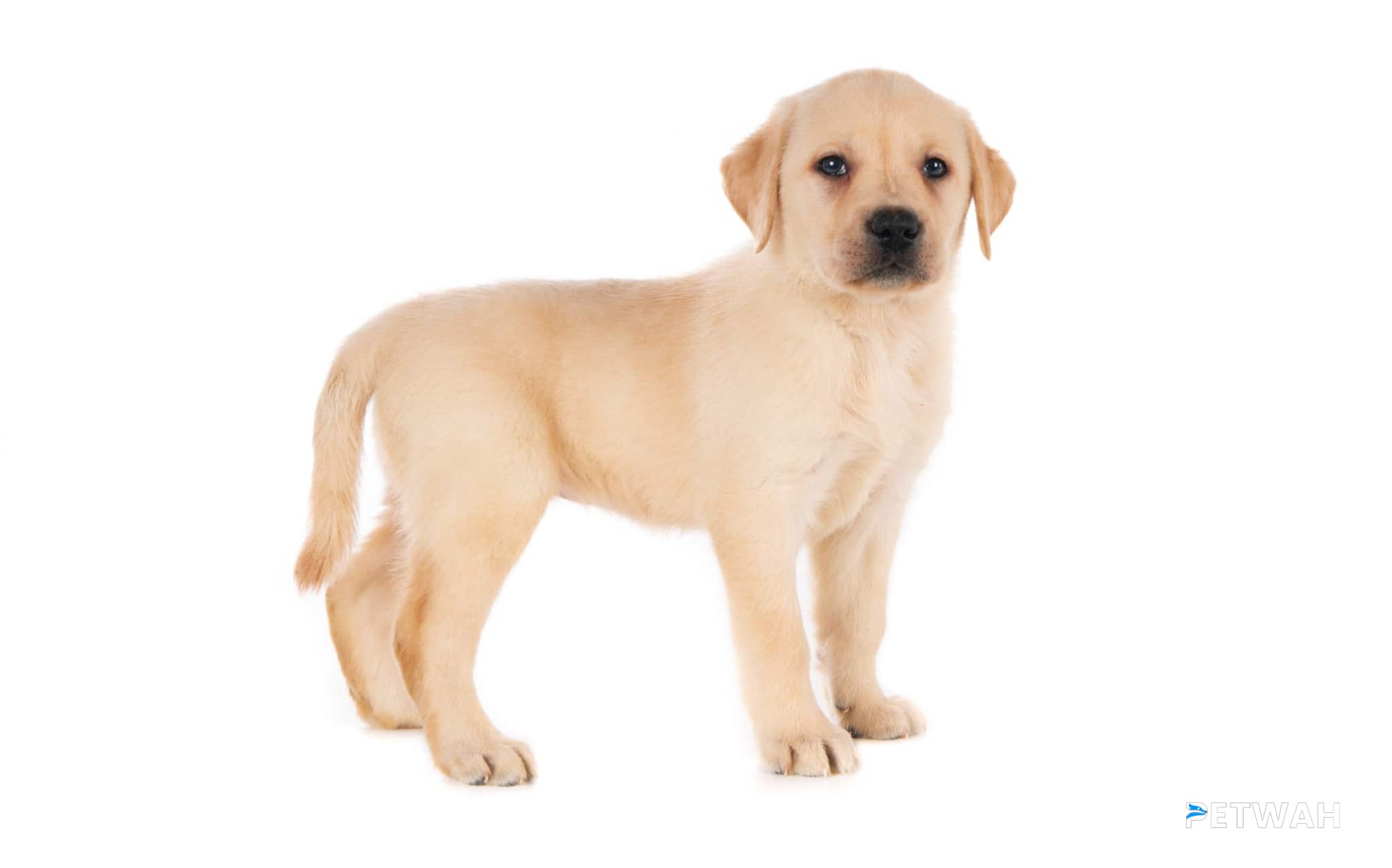
1. Provide a designated space: Set up a cozy and safe area for your Labrador to retreat to, such as a crate or a specific room in the house. This space should be comfortable, well-ventilated, and free from any hazards. Make sure to give them access to fresh water, toys, and a comfortable bed.
2. Use calming scents: Dogs have a strong sense of smell, and certain scents can help them relax. Consider using lavender or chamomile essential oils, which are known for their soothing properties. Be sure to use them in a safe and appropriate manner, such as by using a diffuser or placing a few drops on a cloth near your Labrador’s sleeping area.
3. Provide mental stimulation: Labradors are intelligent dogs that require mental stimulation to prevent boredom and anxiety. Leave puzzle toys or treat-dispensing toys filled with their favorite treats to keep them occupied and engaged. This not only provides mental stimulation but also keeps them focused and less anxious.
Establishing a Consistent Routine
1. Stick to a schedule: Dogs thrive on routine, so establish a consistent schedule for feeding, exercise, and bathroom breaks. This helps them feel secure and reduces anxiety by providing structure and predictability. Try to keep the same routine even when you’re not at home, so your Labrador knows what to expect.
2. Gradually increase alone time: If your Labrador is not used to being alone, start by leaving them for short periods and gradually extend the duration. This helps them build confidence and adapt to being alone. Use positive reinforcement and reward them with treats or praise when they remain calm and relaxed during these practice sessions.
3. Consider doggy daycare or a pet sitter: If you’re away from home for extended periods, consider enrolling your Labrador in a reputable doggy daycare facility or hiring a pet sitter to visit and spend time with your Labrador. These options provide companionship and ensure your Labrador gets the attention they need when you’re not around.
Utilizing Technology and Communication
1. Use pet monitoring cameras: With the advancement of technology, you can now keep an eye on your Labrador remotely. Install pet monitoring cameras that allow you to check in on your dog and even interact with them through features like two-way audio. This can provide comfort to both you and your Labrador, as you can see that they are safe and communicate with them.
2. Positive associations with departure cues: Labradors are intuitive animals and can pick up on certain cues that indicate your departure. To avoid triggering anxiety, create positive associations with these cues. For example, if you always put on your shoes before leaving, put on your shoes several times throughout the day without actually leaving, and reward your Labrador with treats or playtime. This helps them disassociate these cues with separation anxiety.
Conclusion
Leaving a Labrador alone can be a stressful experience for both the dog and the owners. However, by following these strategies, you can help ensure your Labrador feels comfortable and secure even when you’re not at home. Creating a safe and stimulating environment, establishing a consistent routine, and utilizing technology and communication can all contribute to reducing separation anxiety and making your Labrador feel at ease. Remember, every dog is different, so it’s important to observe your Labrador’s behavior and make adjustments accordingly. With patience, understanding, and care, you can help your furry friend thrive in your absence.
FAQs:
1. How long can Labradors be left alone?
Labradors are social animals and shouldn’t be left alone for extended periods. While they can handle being alone for 4 to 6 hours, it’s essential to provide them with the necessary mental and physical stimulation during that time.
2. What is separation anxiety in Labradors?
Separation anxiety is a condition where a dog becomes extremely anxious and distressed when separated from their owners.
3. Can medication help with separation anxiety in Labradors?
In severe cases, a veterinarian may prescribe medication to help alleviate the symptoms of separation anxiety. However, medications should be used as a last resort and in conjunction with behavior modification techniques.
4. Are Labradors prone to separation anxiety?
Labradors, like many other breeds, can experience separation anxiety. However, not all Labradors will exhibit this behavior, as it can vary from dog to dog.
5. How can I find a reliable pet sitter or a good doggy daycare facility?
To find a reliable pet sitter, ask for recommendations from friends, family, or your veterinarian. When choosing a doggy daycare facility, visit the facilities, assess their cleanliness, speak to staff, and check for reviews or references from other pet owners.
PetWah:
If you’re looking for high-quality pet care products or services, visit PetWah at petwah.com. They offer a range of products to meet your pet’s needs, ensuring their comfort and well-being even when you’re away. From calming sprays to interactive toys, PetWah has you covered.


